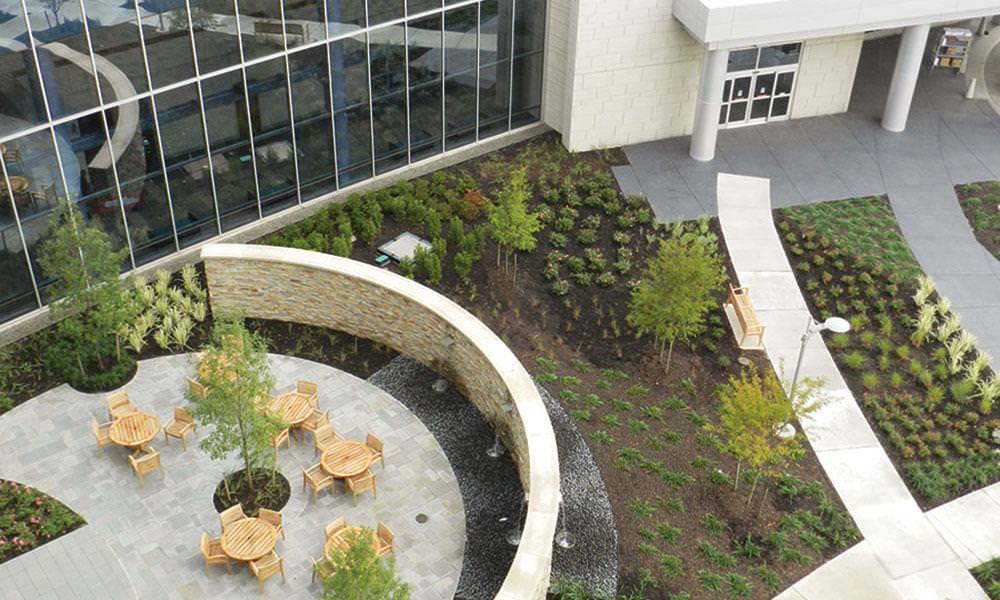More and more people are turning to natural remedies for their health and wellness needs, and one of the best ways to incorporate natural remedies into your life is through a healing garden. A healing garden is a space that is designed specifically for medicinal plants, where you can grow and harvest your own herbs, plants, and flowers to use in teas, tinctures, poultices, and other natural remedies.
Benefits of Healing Gardens
Healing gardens offer a wide range of benefits for both physical and mental health. Here are just a few of the benefits:
- Reduced stress and anxiety
- Improved mood and mental clarity
- Increased physical activity and exercise
- Improved air quality
- Access to fresh, organic produce
- Opportunity to connect with nature
Plants with Medicinal Properties
There are countless plants with medicinal properties that you can grow in your healing garden. Here are just a few examples:
Lavender
Lavender is a popular plant known for its calming and relaxing properties. It can help reduce stress and anxiety, promote restful sleep, and even relieve headaches.
Chamomile
Chamomile is another popular plant that is often used for its calming properties. It is known to help reduce anxiety, improve sleep, and even soothe digestive issues.
Echinacea
Echinacea is a powerful herb that is often used to boost the immune system and fight off infections. It can also help reduce inflammation and relieve pain.
Peppermint
Peppermint is a refreshing herb that can help soothe digestive issues, relieve headaches, and even improve mental clarity and focus.
Ginger
Ginger is a versatile herb that is often used for its anti-inflammatory properties. It can also help relieve nausea and improve digestion.
Designing Your Healing Garden
When designing your healing garden, there are a few things to keep in mind. First, choose a sunny location that gets at least six hours of sunlight per day. You’ll also want to make sure the soil is well-draining and rich in nutrients. Consider adding raised beds or containers to make gardening easier and more accessible.
When selecting plants for your healing garden, choose a variety of plants with different colors, textures, and scents. Mix annuals and perennials to ensure a continuous harvest throughout the season. You may also want to consider adding a few companion plants, such as marigolds or basil, to help repel pests and attract beneficial insects.
A healing garden is a wonderful way to incorporate natural remedies into your life. By growing your own medicinal plants, you can take control of your health and wellness while connecting with nature. The plants listed above are just a few examples of the many plants with medicinal properties that you can grow in your healing garden. With a little planning and effort, you can create a beautiful and functional space that will benefit your physical and mental health for years to come.



